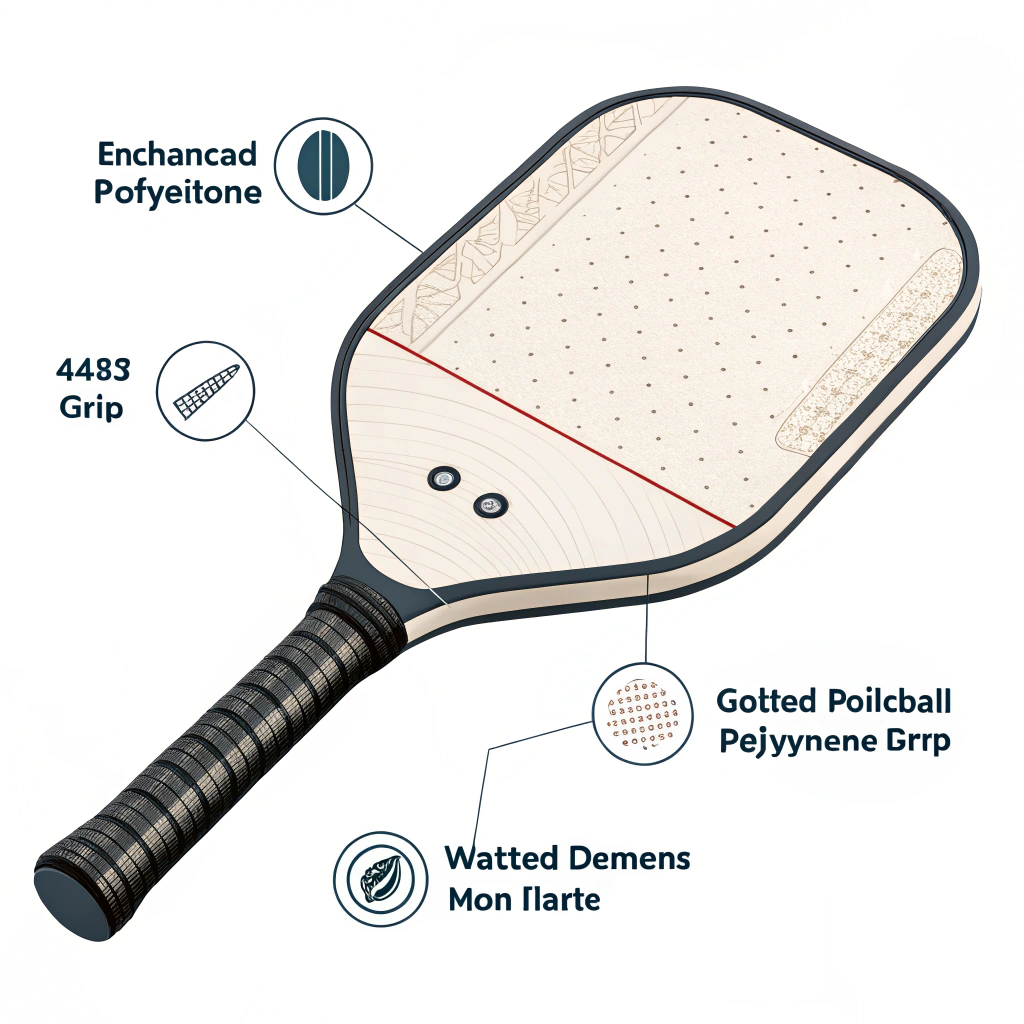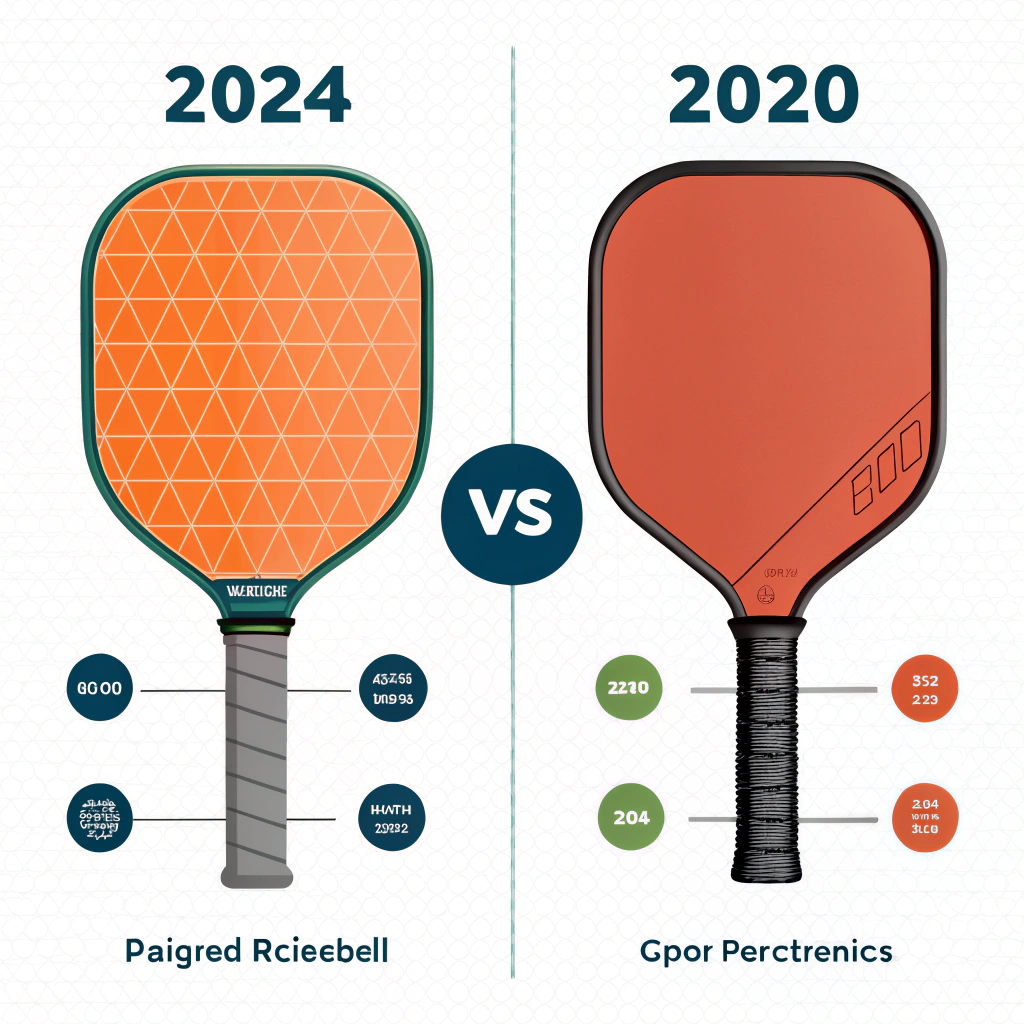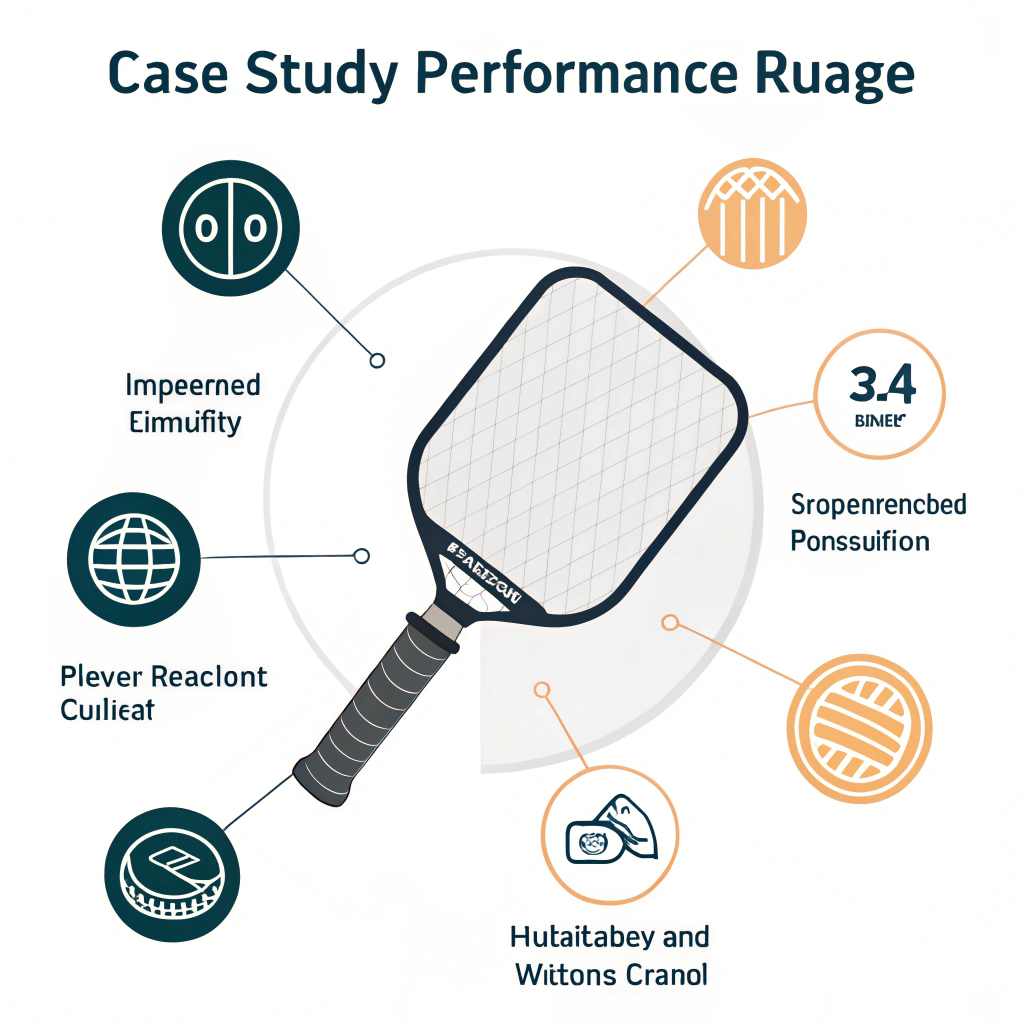Quick Answer: polyurethane1 grips significantly improve pickleball paddle performance by enhancing traction, reducing vibration, and increasing durability, thus offering a competitive advantage in both player performance and product longevity.
In the highly competitive world of sports equipment manufacturing, every design detail can lead to product differentiation and improved performance. One of these critical details is the grip material. polyurethane1 (PU) grips have emerged as a superior choice for pickleball paddle manufacturers, including manufacturers like NEX Pickleball. These grips provide enhanced durability, improved player control, and effective vibration dampening. In this article, we discuss the technical advantages of polyurethane grips, analyze challenges with traditional grip materials, and provide actionable insights for product development and sourcing decisions.
Traditional grips and materials used in pickleball paddles often face common issues:
• Inadequate traction leads to slippage during critical moments.
• Limited durability under high-usage conditions reduces product lifespan.
• Ineffective vibration dampening transmits shock to players’ hands, leading to fatigue over time.
Manufacturers must carefully select materials that address these challenges while meeting the demands of both professional and recreational players. Increasingly, polyurethane grips have been adopted to solve these issues because they provide a balanced combination of adhesion, stiffness, and resilience.
Understanding the root causes behind grip failures is essential for addressing them effectively.
-
Traditional materials such as synthetic composites or leather alternatives can wear out quickly under repetitive stress. This deterioration not only compromises the grip’s longevity but also its effectiveness in providing necessary traction.
-
The lack of optimal vibration dampening properties in some materials results in increased hand strain. Over time, players experience discomfort that can affect performance and lead to potential injuries such as tendonitis.
-
Limited flexibility in traditional materials often prevents manufacturers from fine-tuning the grip profile to match ergonomic requirements, resulting in a less-than-optimal interface between the player and the paddle.
Polyurethane's inherent properties directly address each of these root causes, making it an attractive option for high-performance sports equipment.
Polyurethane is a versatile polymer renowned for its high durability and tailored rigidity. Below are the key reasons why polyurethane grips are recommended in modern pickleball paddle design:
• Enhanced Traction: The high friction surface of polyurethane ensures a secure grip. This is critical for maintaining strong control during vigorous play.
• Improved Durability: Polyurethane resists wear and tear far better than many traditional grip materials. Manufacturers benefit from longer-lasting products, reducing replacement rates and warranty claims.
• Effective Vibration Dampening: The material’s ability to absorb shock prevents harsh vibrations from reaching the player’s hand, thereby enhancing comfort over extended play sessions.
• Customization & Ergonomic Design: Polyurethane grips can be engineered in various durometers2. This allows manufacturers to optimize grip hardness and thickness, which is essential for customizing to different hand sizes and ergonomic requirements.
These benefits have significant implications for both performance and product marketability. With improved grip performance, players are likely to experience better control and power in their strokes, while manufacturers can leverage these technical advantages to enhance their brand reputation in competitive B2B markets.
To further illustrate the advantages, we compare the performance of polyurethane grips with traditional grip materials using detailed technical analysis:
| Feature | Polyurethane Grips | Traditional Grips |
|---|---|---|
| Durability | High resistance to abrasion and tear | Prone to quicker wear and degradation |
| Traction | Excellent, high friction surface | Often lower and inconsistent |
| Vibration Dampening | Superior shock absorption | Limited absorption, transmits shock |
| Customizability | Easily adjusted durometer and thickness | Less flexible in customization |
| Ergonomic Adaptability | Can be molded for optimal hand fit | Typically generic, one-size-fits-all |
This table demonstrates that polyurethane grips offer a high-performance solution with clear advantages in critical areas impacting both player experience and product longevity.
Incorporating polyurethane grips into pickleball paddles involves understanding key production processes and their impact on the final product. Manufacturers often adopt advanced production techniques—such as Hot Pressing3, Cold Pressing4, and Thermoforming5—to produce paddles that meet strict performance criteria.
- Utilized for producing high-strength and durable structures.
- Advantages: High production efficiency and consistency.
- Disadvantages: High energy consumption and potential for altering material properties.
- Favours maintaining intrinsic material properties for better control and responsiveness.
- Advantages: Precision in achieving the desired grip thickness.
- Disadvantages: Longer cycle times and higher dependency on precise mechanical control.
- Ideal for creating intricately designed grips that conform to ergonomic needs.
- Advantages: Greater customization options and material distribution.
- Disadvantages: Increased production time and higher costs.
When applying these techniques to polyurethane grips, the emphasis is on preserving the material’s beneficial properties. For instance, during thermoforming, careful temperature control is maintained to ensure that the polymer structure remains intact while achieving a perfectly molded ergonomic design.
For B2B product developers and sourcing specialists, the selection of polyurethane grips transcends mere material choice—it becomes a strategic decision. Here are some key considerations:
Manufacturers should define critical parameters such as durometer, thickness, and surface texture based on the target player population. High-performance players might prefer a firmer grip with minimal cushioning, while recreational players may benefit from a more cushioned feel. Collaborating with suppliers who can offer tailored polyurethane formulations ensures that the final product meets the precise needs of different market segments.
While polyurethane grips may come at a higher cost compared to generic materials, the long-term benefits, including reduced wear and fewer product returns, justify the investment. When pitching these products to B2B partners, it is essential to highlight life-cycle cost benefits and overall performance enhancements.
Manufacturers like NEX Pickleball maintain strict quality control protocols. They use advanced testing methods to monitor grip adhesion, abrasion resistance, and vibration absorption. A robust quality control process helps in mitigating risks associated with material inconsistencies, ensuring that every paddle delivered meets high standards.
Adopting advanced materials such as polyurethane not only improves the technical performance of the paddle but also provides marketing leverage. In a competitive market, emphasizing innovation in grip technology can help attract distributors and retail partners looking for products that offer unique competitive advantages.
A typical development workflow involves iterative testing, where prototypes are evaluated under real-world conditions. Feedback from professional players is incorporated to tweak design parameters, ensuring the final product optimally balances grip ergonomics with performance durability.
Let’s consider a case study from a recent development cycle at a leading paddle manufacturer:
A manufacturer observed that player complaints regarding hand fatigue and grip deterioration were increasing over a season of intense play. The existing grip material provided good performance initially; however, over time, the traction decreased, and players reported increased discomfort due to vibration.
The manufacturer transitioned to a high-grade polyurethane grip with optimized durometer properties. The production process was refined using a combination of cold pressing and thermoforming to preserve the material’s inherent benefits while achieving a precise ergonomic fit.
- An average of 30% improvement in grip durability was observed during testing.
- Vibration transmitted to the hand was reduced by approximately 25%, as measured by specialized equipment.
- Player feedback was overwhelmingly positive, with many citing enhanced paddle control and reduced fatigue during long matches.
The case study underscores that even incremental improvements in grip technology can translate into significant performance and user satisfaction improvements. This approach not only aligns with technical performance benchmarks but also enhances market appeal.
Polyurethane grips are a robust solution for addressing common issues in pickleball paddle performance. With superior traction, excellent durability, and effective vibration dampening, they offer a technical edge that enhances overall player performance and product longevity. For B2B decision-makers in the sports equipment industry, adopting polyurethane grips is a proactive strategy to differentiate products in a competitive market.
Manufacturers should work closely with material scientists and production experts to fine-tune grip parameters. Emphasizing quality control and ongoing testing, as demonstrated in our case study, will ensure products meet the highest industry standards. Ultimately, the decision to adopt polyurethane grips should align not only with immediate performance goals but also with long-term strategic objectives for innovation and market competitiveness.
For companies looking to upgrade or expand their pickleball equipment portfolio, a thorough evaluation of polyurethane grips can lead to better product outcomes and increased customer satisfaction. Embrace the innovation today to empower tomorrow’s champions.
Q: How to make a pickleball paddle more powerful?
A: To enhance a pickleball paddle’s power, one approach is to add weight to the paddle, such as using lead tape on strategic locations. However, it is crucial to maintain the paddle’s balance as adding weight to the head increases power but alters overall dynamics.
Q: What is the best grip for pickleball paddles?
A: The best grip for pickleball paddles often depends on player preference, but in general, a comfortable and secure grip such as the Eastern grip is commonly recommended. This grip allows smooth transitions between forehand and backhand strokes without frequent adjustments.
Q: Should I put overgrip on a pickleball paddle?
A: Yes, using an overgrip on a pickleball paddle is advisable. Overgrips help protect the base grip from sweat and oil degradation while providing extra traction, ensuring the paddle remains consistently comfortable and effective over time.
-
polyurethane: Reading this article will provide insights into the properties and benefits of polyurethane, helping manufacturers understand why it’s favored for high-performance sports equipment. ↩ ↩ ↩2
-
durometers: Click to learn more about durometer measurements and how they determine material hardness, which is critical for customizing grip performance and ergonomics. ↩ ↩
-
Hot Pressing: Explore detailed explanations of hot pressing techniques, including its benefits and drawbacks in manufacturing durable sports equipment components. ↩ ↩ ↩2
-
Cold Pressing: This resource details cold pressing methods, emphasizing precision control and the maintenance of material properties in sports equipment production. ↩ ↩ ↩2
-
Thermoforming: Gain an understanding of thermoforming processes and how controlled temperature shaping can achieve ergonomically optimized designs in sports equipment. ↩ ↩ ↩2







